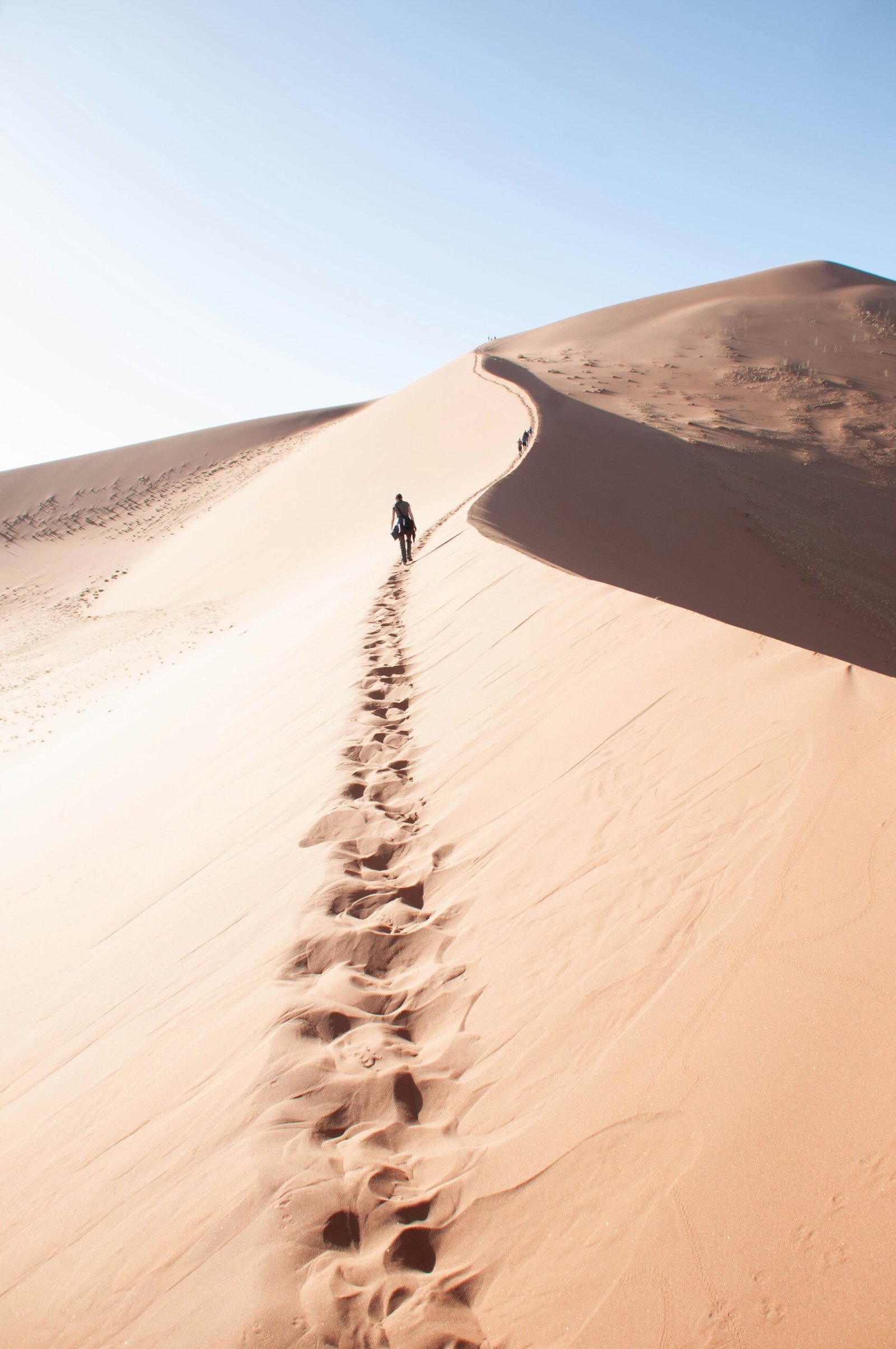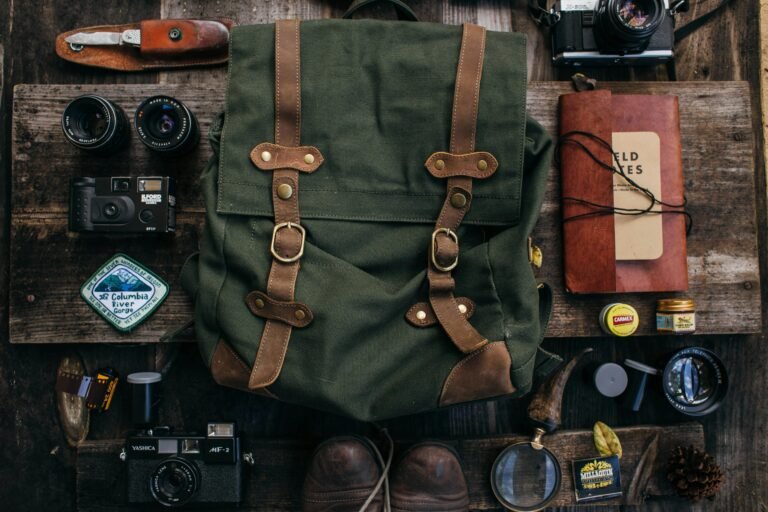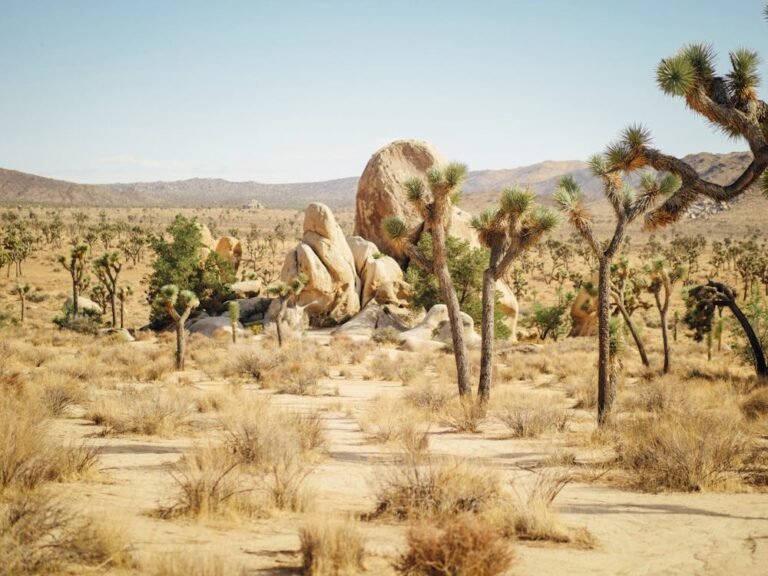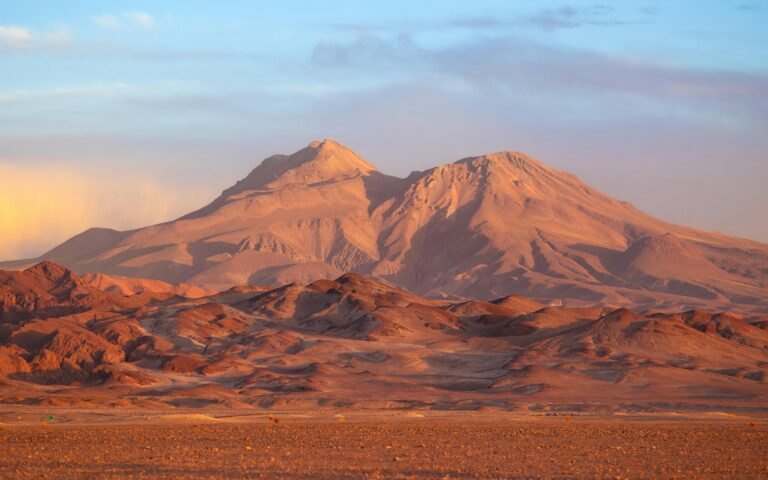Clothing for Desert Hiking: What to Wear and Why

Whether you’re walking through sandy dunes or rocky trails, wearing the right clothing while hiking in the desert is super important. The desert can be tough—hot during the day, cold at night, and sometimes windy with blowing sand.
I’ve spent plenty of time hiking in places like this, and I’ve learned that what you wear can make a big difference. The right clothes can protect you from the sun, keep you cool, and make your trip way more enjoyable.
Let me show you how to dress smart for the desert so you’re ready for anything.
Why Your Clothing Choices Are Critical for Desert Hiking
The desert is an unforgiving place, and your clothing plays a big role in keeping you safe. Let’s break it down:
Challenges You’ll Face in the Desert
- Extreme Heat: Temperatures can climb quickly during the day.
- Cold Nights: After sunset, the desert cools down fast, and you’ll need layers to stay warm.
- Dry Winds and Sandstorms: Wind can carry sand that stings your skin and gets into your eyes and gear.
What Happens If You Wear the Wrong Clothes
- Sunburn and Overheating: Without proper coverage, the sun can scorch your skin and make you feel dizzy or sick.
- Discomfort: Tight or heavy clothes trap heat and sweat, making hiking miserable.
- Chafing and Blisters: The wrong materials can rub your skin raw or leave you with painful blisters.
What Your Clothes Should Do for You
- Block the Sun: Long sleeves, hats, and light fabrics protect your skin.
- Stay Breathable: Materials that let sweat evaporate will keep you cool.
- Adapt to Temperature Swings: Layers let you adjust when it’s hot or cold.
- Protect Against Sand: Covering up helps keep sand off your skin and out of your boots.
With the right clothing, you can stay comfortable, safe, and focused on enjoying the trek.
What to Wear for a Desert Trek: Head-to-Toe Guide

Dressing for the desert is all about covering up, staying cool, and protecting yourself from the elements.
Let’s go through each part of your outfit, from head to toe.
Head and Face Protection
- Hat: A wide-brimmed hat or a cap with a neck flap is a must. It protects your face, ears, and neck from the sun’s harsh rays.
- Sunglasses: Invest in sunglasses with polarized lenses. They reduce glare and protect your eyes from harmful UV rays.
- Scarf or Buff: A lightweight scarf or buff can shield your neck from the sun and keep sand out of your face during windstorms.
Upper Body Clothing
- Shirts: Wear long-sleeved, lightweight shirts made from breathable fabrics like synthetic blends or merino wool. These materials wick sweat, dry quickly, and offer UPF (ultraviolet protection factor).
- Avoid short sleeves: They leave your skin exposed to the sun.
- Layers for Cold Nights: The desert gets chilly after sunset. Pack a light fleece or an insulated jacket to stay warm.
Lower Body Clothing
- Pants: Choose lightweight, convertible hiking pants. These protect your legs from sunburn, sand, and sharp plants while giving you the option to zip off the lower part if it gets too hot.
- Base Layers: Moisture-wicking compression shorts can prevent chafing and keep you comfortable on long hikes.
Footwear
- Hiking Boots: Go for sturdy, well-ventilated boots that provide ankle support and protect your feet from rough terrain. Look for breathable uppers to prevent your feet from overheating.
- Socks: Wear moisture-wicking socks made of wool or synthetic blends. They help prevent blisters and keep your feet dry.
- Gaiters: Sand gaiters are small covers that keep debris like sand and stones out of your boots, saving you from discomfort.
Accessories
- Gloves: Lightweight gloves can protect your hands if you’re climbing or handling sharp rocks.
- Backpack: A well-ventilated, lightweight backpack with hydration features (like a built-in water bladder) is essential for carrying water and gear.
Key Features of Desert Hiking Clothing
When choosing clothing for a desert trek, focus on key features that help you handle the extreme environment. Here’s what to look for:
1. Breathability and Moisture-Wicking
Desert hiking makes you sweat, and if your clothing traps that moisture, it’ll lead to discomfort and overheating. Breathable fabrics, like synthetic blends and merino wool, allow air to circulate and sweat to evaporate.
- Why It Matters: Keeping sweat off your skin helps regulate your body temperature and prevents rashes.
- Best Materials:
- Polyester or nylon: Lightweight, quick-drying, and breathable.
- Merino wool: Naturally breathable and odor-resistant.
2. Sun Protection (UPF-Rated Clothing)
In the desert, the sun is relentless. Clothing with a UPF rating protects your skin from harmful UV rays.
- What is UPF? UPF stands for “Ultraviolet Protection Factor.” A UPF 30 shirt, for example, blocks 97% of the sun’s rays.
- Why It’s Better Than Sunscreen: Unlike sunscreen, UPF-rated clothing doesn’t wear off and covers areas you might forget to protect.
3. Durability
Desert conditions can be rough on clothing. Sand abrasion, sharp rocks, and thorny plants can tear or wear out weak fabrics quickly.
- Key Features for Durability:
- Reinforced seams to prevent ripping.
- Tough but lightweight fabrics that can handle rugged terrain.
With these features, your clothing will not only keep you safe but also last through the journey.
What Not to Wear on a Desert Trek

In the desert, some clothing choices can make your hike uncomfortable—or even dangerous. Avoid these common mistakes to stay safe and comfortable.
1. Cotton Clothing
Cotton might seem comfortable, but it’s one of the worst choices for desert hiking. It absorbs sweat and holds onto it, making the fabric heavy, damp, and slow to dry.
- Why Avoid It? Wet cotton can cause chafing, leave you feeling cold when temperatures drop, and increase your risk of dehydration as your body works harder to cool off.
2. Tight-Fitting Garments
Clothing that’s too tight restricts airflow and traps heat, making you sweat more and feel overheated.
- Why Avoid It? Poor ventilation can lead to overheating and skin irritation. Choose loose, lightweight clothing instead.
3. Dark Colors
Dark colors like black or navy absorb heat from the sun, making you feel hotter.
- Why Avoid It? Light, neutral colors reflect sunlight and help you stay cool in the scorching heat.
4. Open-Toed Footwear
Sandals or flip-flops may seem convenient, but they’re a bad choice for the desert. Sand, rocks, and debris can easily get under your feet, causing discomfort or injuries.
- Why Avoid It? Open shoes leave your feet exposed to cuts, burns, and painful encounters with sharp plants or hot sand. Stick with sturdy, closed-toe hiking boots for proper protection.
By steering clear of these clothing mistakes, you’ll avoid unnecessary discomfort and stay prepared for the challenges of desert hiking.
Quick Tips for Dressing Smart on a Desert Trek
Here are some simple, practical tips to help you dress smart and stay comfortable during your desert adventure:
1. Stick to Light, Neutral Colors
Wear clothes in light shades like beige, tan, or white. These colors reflect sunlight, helping you stay cooler in the intense heat.
2. Layer Strategically
Temperatures can swing from scorching hot during the day to freezing at night. Dress in layers so you can add or remove clothing as needed. A lightweight jacket or fleece is great for the cold evenings.
3. Test Your Gear Before the Trek
Don’t wait until you’re in the desert to find out that your boots pinch or your shirt chafes. Test everything on a short hike first to make sure it fits well and feels comfortable.
4. Prioritize Comfort Over Style
Fashion takes a backseat in the desert. Functionality is key—choose clothes and gear that keep you protected, even if they don’t look the coolest.
5. Don’t Skimp on Sun Protection
Make sure your clothing provides UPF protection, and pair it with sunscreen for uncovered areas like your hands and face. The combination will save you from painful burns.
6. Invest in Quality Gear
The desert is no place for cheap, poorly made clothes. Choose durable fabrics and reliable footwear to avoid problems like tears, blisters, or discomfort during your trek.
By following these tips, you’ll feel more prepared and confident as you tackle the challenges of desert hiking.
Conclusion
A desert trek can be one of the most rewarding adventures, but only if you’re prepared with the right clothing. The desert’s harsh environment demands more than just casual hiking gear—you need apparel that keeps you cool, protected, and comfortable.
Covering up with lightweight, breathable fabrics, wearing sturdy boots, and investing in accessories like a wide-brimmed hat and sand gaiters can make all the difference.
Remember to avoid common pitfalls like wearing cotton, dark colors, or open-toed shoes. Instead, focus on function and comfort to handle everything the desert throws at you.
With the right gear and smart preparation, you’ll be ready to tackle the dunes, embrace the scenery, and enjoy your journey to the fullest. Now go out there and conquer the desert—it’s waiting for you.






